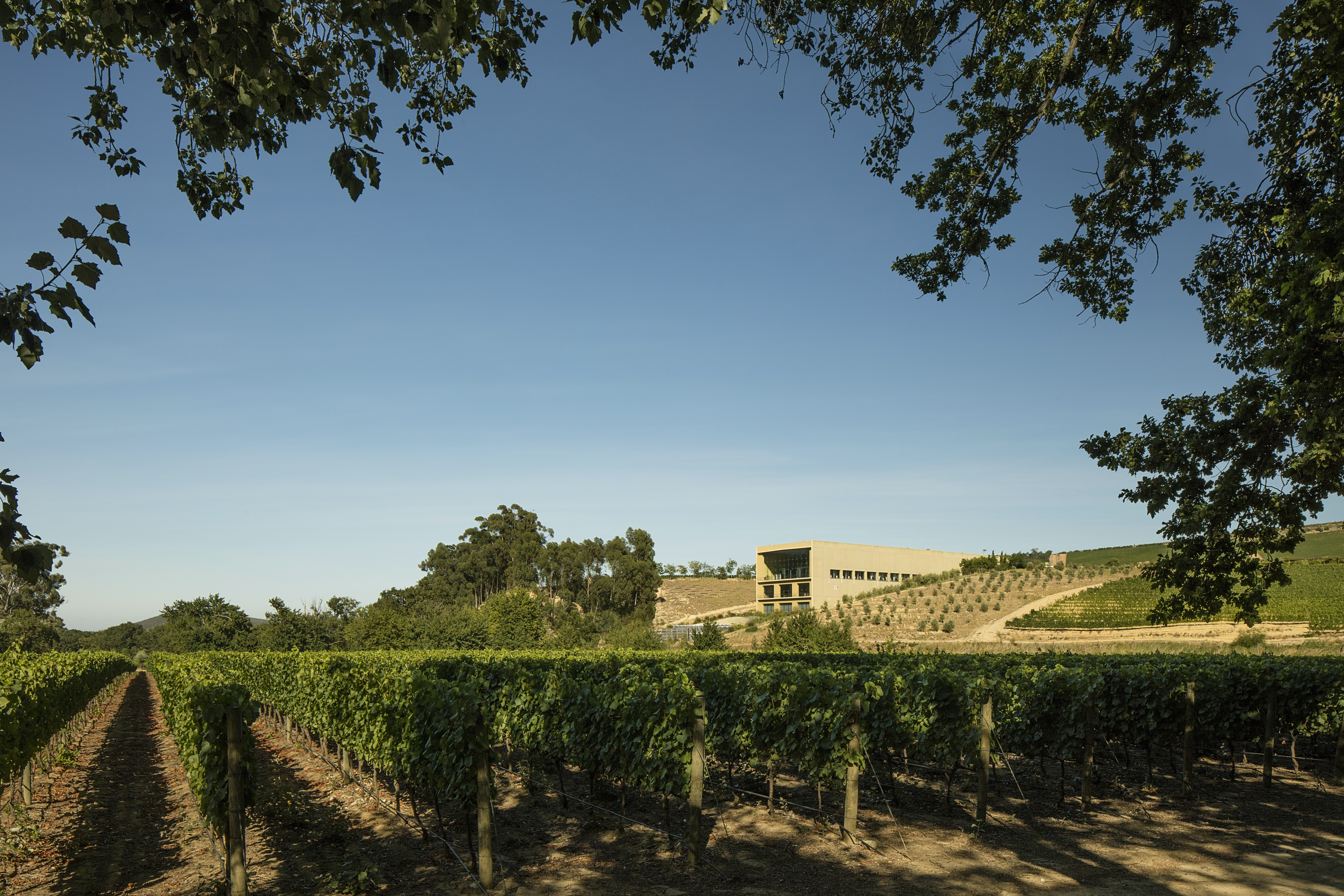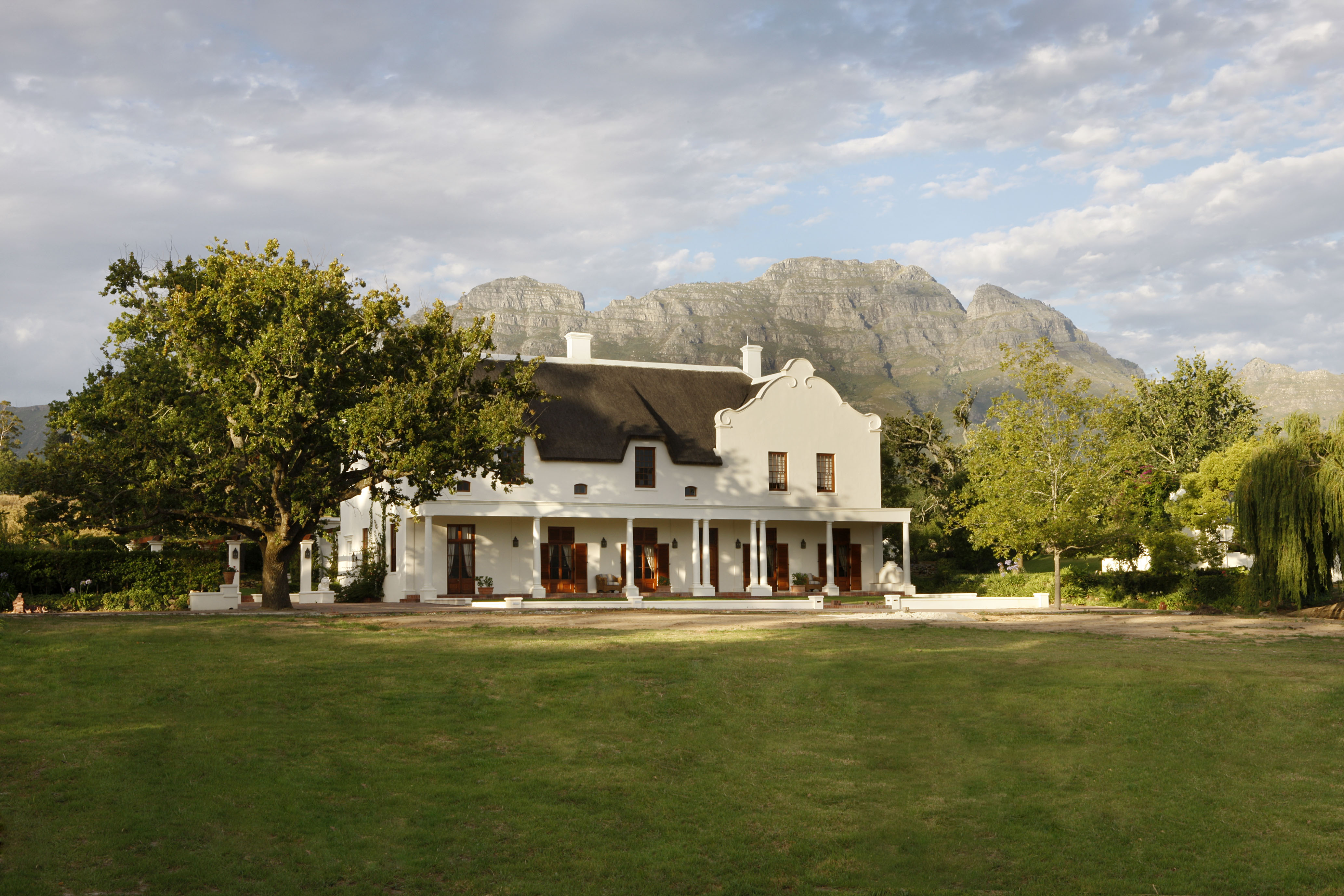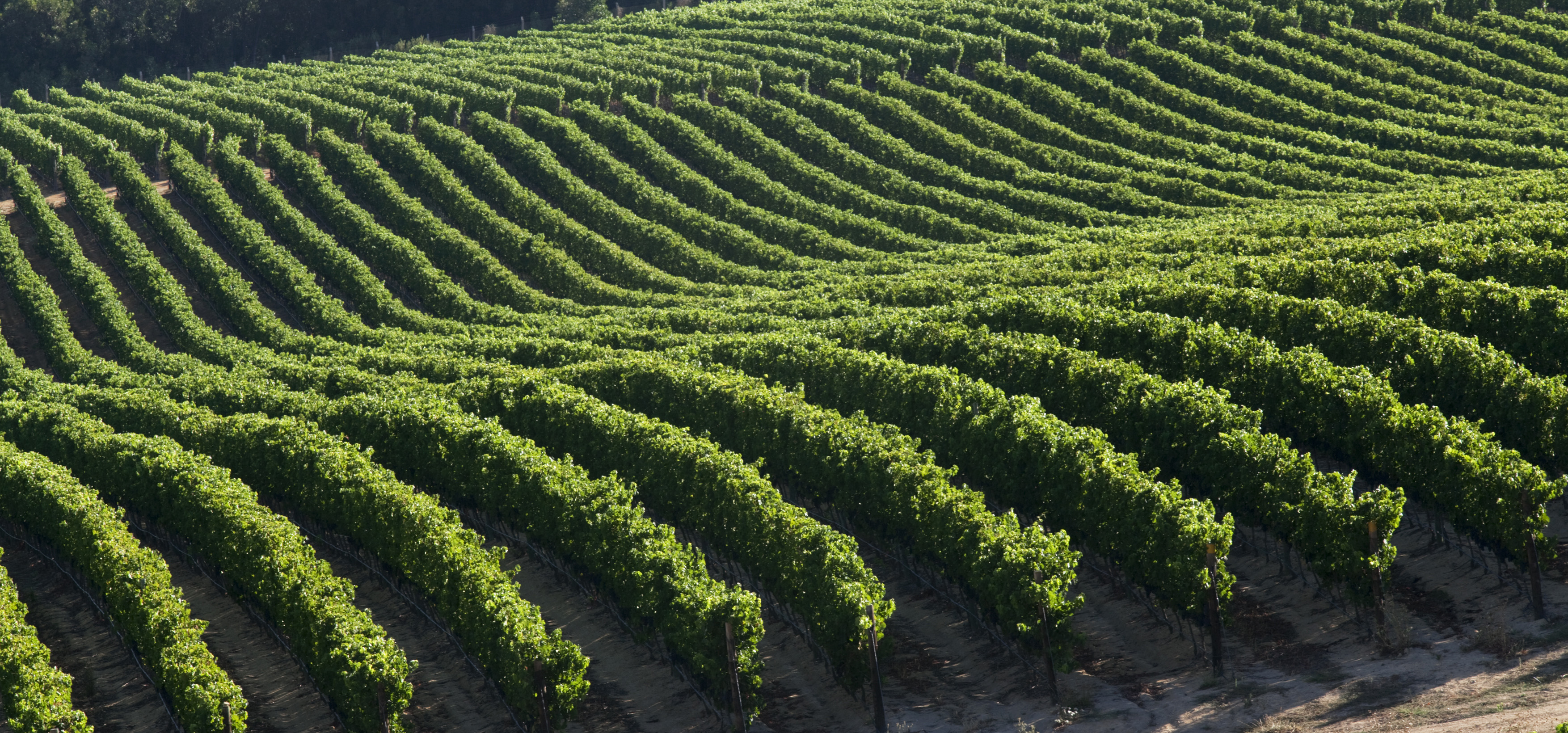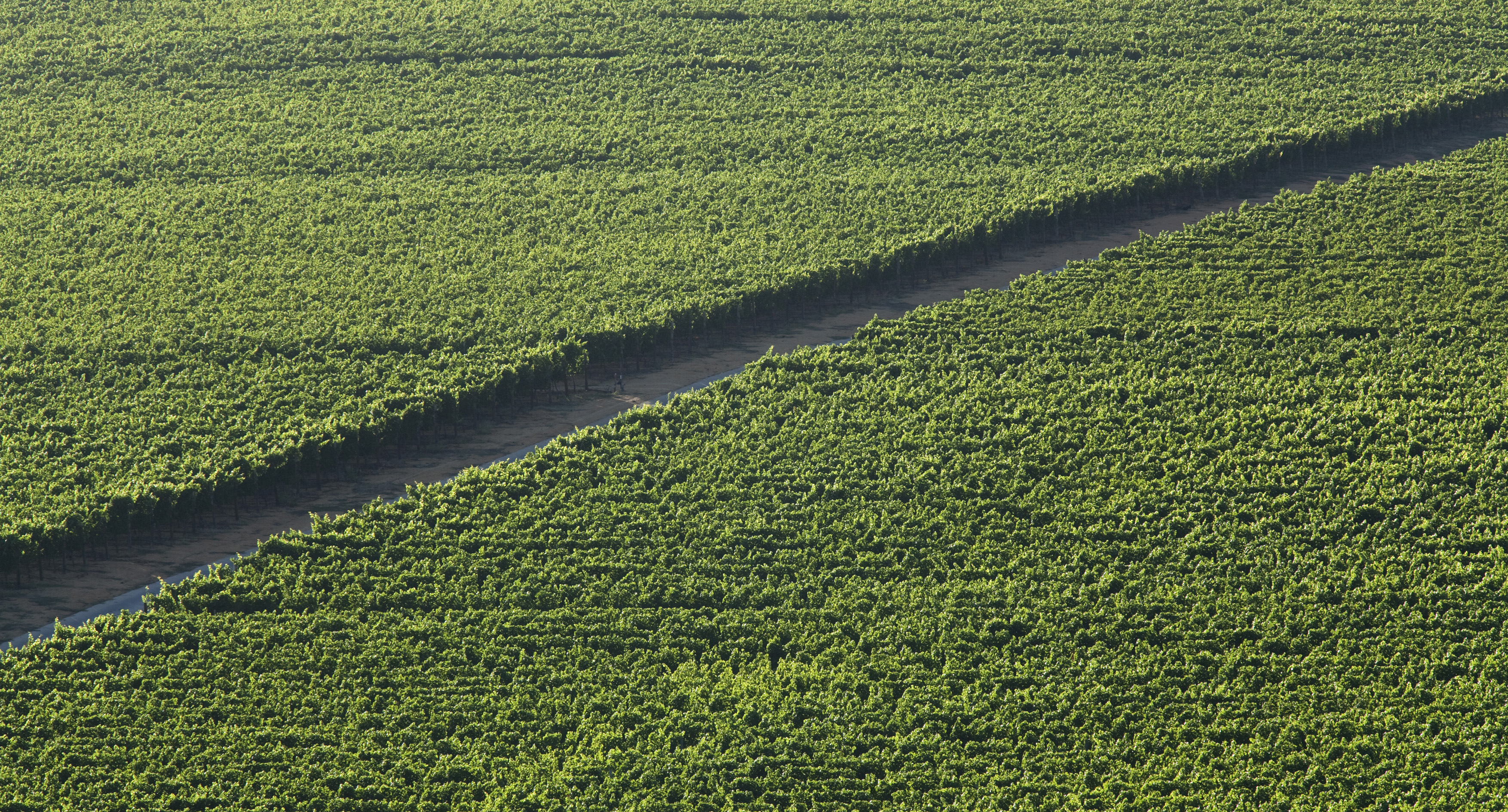SA Wine Legends: Madame May-Eliane de Lencquesaing
The many lives of Madame. When Madame May-Eliane de Lencquesaing, matriarch and founder of Glenelly Estate in Stellenbosch, won the Lifetime Achievement Award at International Wine Challenge (IWC) Awards 2017—they should have given her a few trophies for all of the lifetimes she’s lived. Born into one Bordeaux's oldest wine families, the Miailhe, Lady May as she’s fondly known, has lived through World War 2, has been an army wife in Kansas; and at the age of 78, bought a fruit farm in Stellenbosch and starting planting vines on the slopes of the Simonsberg.
“One of the reasons I came here was out of respect for the French Huguenot culture,” says Lady May, addressing me in her private residence on Glenelly. With the A-frame thatch roof, it’s a cool place to be on a mid-summer’s day in the Boland. “They came here with only their vines and bibles—nothing else, no furniture or personal belongings. I have to admire that courage.”
2.jpg)
No stranger to bravery herself, during the occupation in WW2, Madame, then just a teenager, would be tasked with feeding people in hiding at Château Palmer, where she grew up. Her father, Edouard Miailhe, was one of the partners who bought the estate from the founders in the 1930s.
Off she would go on her bicycle with a basket in front packed with produce, sailing right past the Nazi soldiers. They would often stop her and ask things like ‘why do you have so many carrots today’; and she would just laugh them off, essentially risking her life to help feed the Jewish refugees.
Madame is 95-years-old. Perfectly groomed, her eyes are full of wit and kindness. Her memory is astonishing and she goes into great detail about almost every aspect of her life. The room around us is a reflection of her personality; it’s elegant and refined—but also full of whimsical art and sculptures, there’s a distinct Oriental flair too. “Without art there is no civilisation,” she says simply.
How did this dynamic woman come to be on our shores? It seems a long way away from Château Palmer; likewise from Château Pichon Longueville Lalande, where she was the owner and managing director for 30 years of her family’s estate. And certainly, a long way from Kansas, where she was stationed with her husband, General de Lencquesaing for a number of years.
.jpg)
.jpg)
Her relationship with South Africa began with the Pichon-Lalande sponsored International Wine & Spirit Competition Trophy for the Best Blended Red Wine. The fact that one of Bordeaux’s most famed personalities would start an international competition on red blends speaks volumes about her character—instead of putting up barriers she was breaking them down.
Kanonkop famously won it three times, for the Paul Sauer 2003 (in 2008) in 1994 with the Paul Sauer 1991, and again in 1999 with the Paul Sauer 1995. And through this, Madame became great friends with Kanonkop’s previous winemaker and South African Wine Legend, Beyers Truter. Other local recipients of the trophy were Kaapzicht, Vergelegen and Meerlust.
She also formed a close friendship with the late Anton Rupert. “It’s really him who convinced me to invest in South Africa. He would tell me that there was so much to be done here and that outside investment was badly needed.”
So in 2003, almost an octogenarian, she bought Glenelly Estate. “I only wanted a small farm, but I recognised the potential of the southern slopes of the Simonsberg. That along with the granite soils, the beautiful morning sun as well as plenty of water, with four dams on the property, and importantly, no vines. We wanted to plant ourselves, rather than deal with an existing vineyard that could have virus problems.”
A cellar, tasting room and art museum followed, and now a restaurant serving French bistro-style food, which has undoubtedly one of the best views in Stellenbosch, overlooking those angled slopes.


The Glass Museum is a thing of wonder. Housed in the winery it’s one of the largest privately-owned collections in the world, on display are 500 illuminated pieces both antique and contemporary from around the world, including works by Salvador Dali and Lino Tagliapietra.
One of Madame’s famous lines is: ‘Glass and wine have lot in common, they both come from poor material and poor soils and through man’s talent and genius, they become works of art.’
“You get different types of wine estates,” muses Madame. “For some having a vineyard is the same as having a beautiful sport’s car or diamond, where the owners don’t live on their properties; other’s like my friends at Kaapzicht or Beyerskloof are true farmers, men of the soil. Then you have us, Glenelly with its beautiful vineyards, restaurant and Glass Museum is about culture and the appreciation of art, but it’s also about family, we live on the farm, this is our home.”

Her grandson Nicolas Bureau has recently moved down to the estate with his wife and three children, who are all being schooled locally in Stellenbosch. It’s his mission to continue shaping his grandmother’s legacy, along with winemaker Luke O'Cuinneagain and viticulturist Heinrich Louw, who has been there from the very beginning, from when Glenelly was still a fruit farm.
Madame thinks the future is bright for South Africa. “You know we only really started making money in Bordeaux around 1955, so there’s still time,” she says this smiling.
If Glenelly’s fine, elegant wines are anything to go by, the future looks promising indeed. Now 17-years on from the purchase of the farm, the maturing vines are starting to produce wines showing more concentration, and the range continues to grow in esteem.


Madame seems to understand something about time that others do not. She has patiently lived a life of many adventures, dedicating herself to art, wine and family—and because of that, the many lives of Madame will continue on through her four children, 10 grandchildren and 14 great grandchildren.
.jpg)
.jpg)
- Malu Lambert